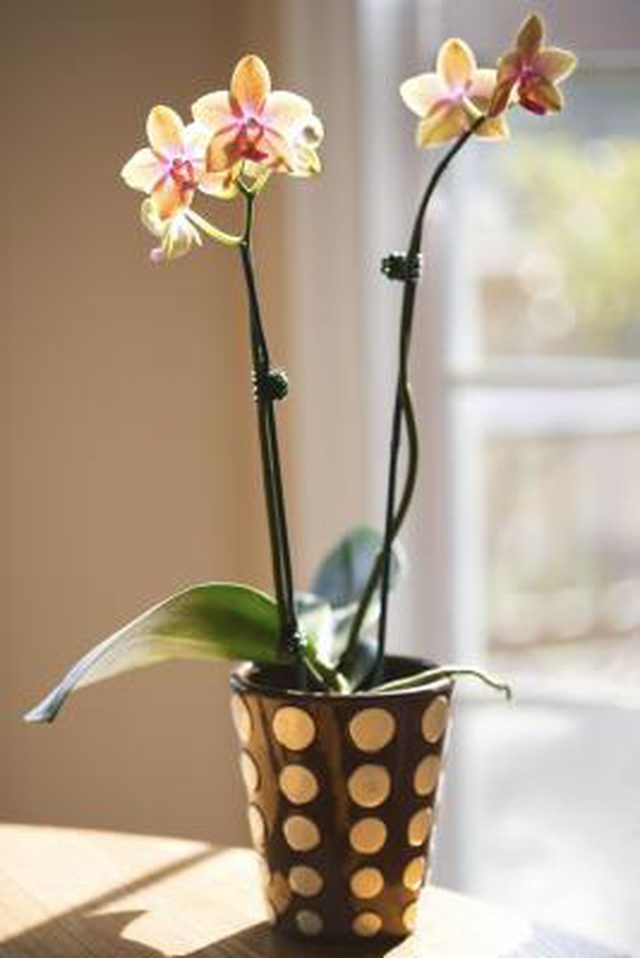Bulbs
Flower Basics
Flower Beds & Specialty Gardens
Flower Garden
Garden Furniture
Garden Gnomes
Garden Seeds
Garden Sheds
Garden Statues
Garden Tools & Supplies
Gardening Basics
Green & Organic
Groundcovers & Vines
Growing Annuals
Growing Basil
Growing Beans
Growing Berries
Growing Blueberries
Growing Cactus
Growing Corn
Growing Cotton
Growing Edibles
Growing Flowers
Growing Garlic
Growing Grapes
Growing Grass
Growing Herbs
Growing Jasmine
Growing Mint
Growing Mushrooms
Orchids
Growing Peanuts
Growing Perennials
Growing Plants
Growing Rosemary
Growing Roses
Growing Strawberries
Growing Sunflowers
Growing Thyme
Growing Tomatoes
Growing Tulips
Growing Vegetables
Herb Basics
Herb Garden
Indoor Growing
Landscaping Basics
Landscaping Patios
Landscaping Plants
Landscaping Shrubs
Landscaping Trees
Landscaping Walks & Pathways
Lawn Basics
Lawn Maintenance
Lawn Mowers
Lawn Ornaments
Lawn Planting
Lawn Tools
Outdoor Growing
Overall Landscape Planning
Pests, Weeds & Problems
Plant Basics
Rock Garden
Rose Garden
Shrubs
Soil
Specialty Gardens
Trees
Vegetable Garden
Yard Maintenance
How to Keep Orchids Alive
How to Keep Orchids Alive. Orchids are becoming easier to find and cheaper to buy. It is not uncommon to find them now in grocery stores and garden centers ready to take home in full bloom. After you bring it home, follow some basic steps to keep the orchid alive and healthy in your home environment.

Orchids are becoming easier to find and cheaper to buy. It is not uncommon to find them now in grocery stores and garden centers ready to take home in full bloom. After you bring it home, follow some basic steps to keep the orchid alive and healthy in your home environment.
Things You'll Need
Distilled water
Liquid fertilizer
Bowl or dish with pebbles
Soilless potting mix
Place the orchid in a room with bright filtered light. If close to a window, close the curtains when the light comes in on the plant or move it to a different spot. Direct sunlight can cause damage, but inadequate light is the most common reason orchids fail to bloom. Orchids need about 10 to 15 hours of light per day, which can also be from an artificial light source. Move farther from windows in hotter summer and colder winter days. Turn the pot one-quarter turn at each watering to balance light and growth.
Maintain the temperature in a range between 60 and 80 degrees Fahrenheit. The temperatures that are comfortable for people in a home are also good for orchids. Place the pot where it will have good ventilation but no cold drafts. Be aware of drafts from doors in the winter and move the plant to a more protected spot if needed. Don't keep it too warm in winter around heaters. Orchids prefer 60 F in winter and need a rest.
Water the orchid with distilled or rain water. Orchids don't do well with hard water and minerals will build up on the potting medium. To be extra sure about purity of water, it can be boiled to sterilize and kill any fungal or bacterial contaminants. Water once per week. Touch the growing medium to see if it feels moist and water if dry. Let water drain through and out of the pot. When the orchid is blooming and actively growing, the pot can be immersed in the water for 30 minutes to allow the bark to soak up more water and then drain well. In the summer, this would be good at every other week waterings opposite feedings.
Apply a balanced liquid all-purpose fertilizer at one-half the strength suggested on the label. Orchids growing in bark should receive a fertilizer higher in nitrogen, such as 30-10-10. Fertilize during one or two of the watering days per month. Fertilizer formulas are also available specifically for growing orchids. Orchids are epiphytic and get nutrients from the air and watering. The use of lower-strength fertilizer and allowing it to drain well prevents the buildup of salts and minerals in the medium.
Adjust the humidity to keep it in the range of 60 to 70 percent around the plant. This can be done by placing a bowl of water next to the plant or setting the pot on a dish with water and pebbles inside. Keep the pot and aerial roots out of standing water. Green florists foam is a good choice to put in the bottom of a decorator pot and then set the orchid in its own pot on top. The foam will absorb and evaporate the excess water around the plant without standing stagnant water.
Use a lightweight soilless potting medium that is able to hold moisture. One suggested mix is one part peat moss, one part charcoal and two parts of 1/2-inch pine bark. Many garden centers and nurseries sell orchid potting medium mixes and mesh baskets for planting orchids. A mesh pot or basket provides ventilation to prevent rot. Allow the aerial roots to hang outside the pot to prevent rot.
Tips & Warnings
A basement with grow lights is a good place to keep orchids between blooming periods.
The easiest varieties for beginners are phaleaenopsis, cattelya and paphiopedalum.
Most orchids are epiphytic, but there are some that do grow in soil. There are native orchids in all parts of the Americas, Africa and Asia.
You might get hooked on orchids and become a propagator and part of the orchid society and orchid shows. Not such a bad thing.